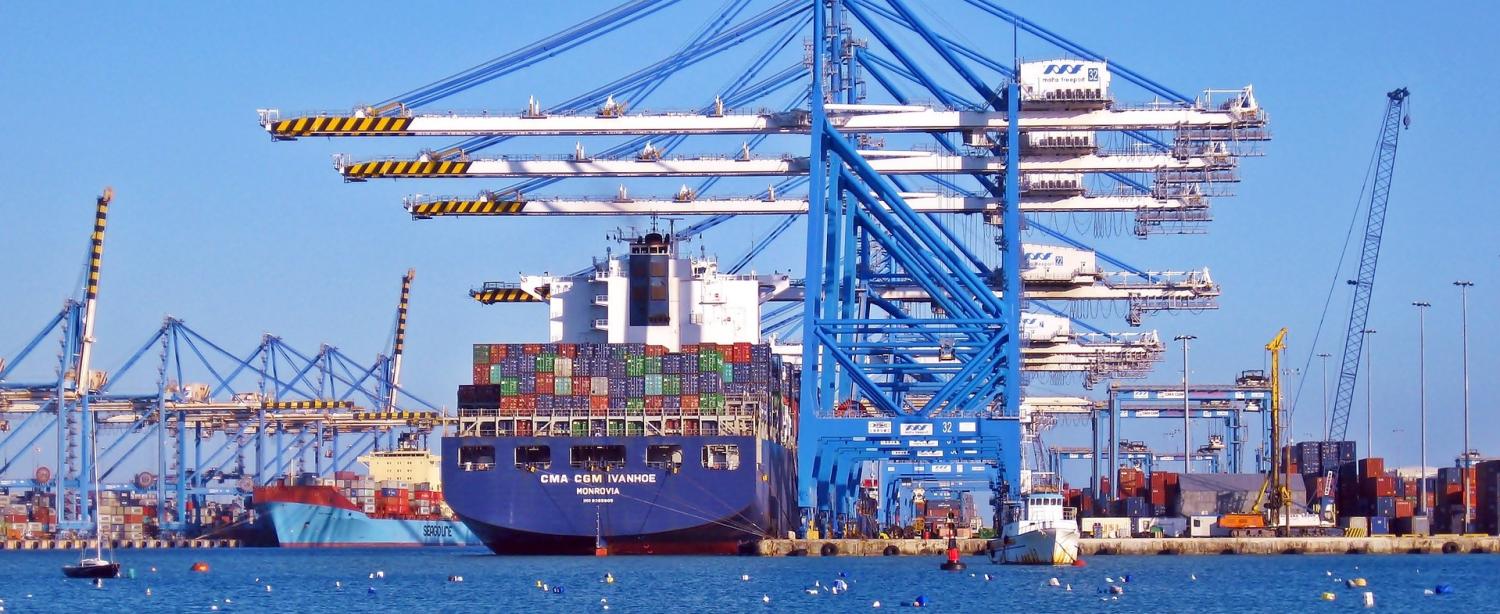When President Trump took America out of the Trans-Pacific Partnership in January, this seemed to be the end of the quest for a ‘platinum standard’ set of rules to govern global trade. Japan, the second-largest signatory, quickly announced that it was not interested in pursuing a TPP-11, with just eleven members. At the time, this seemed the only sensible response. The economics of the TPP was that if countries signed up to a set of rules largely set in America’s favour, they would get access to the American market. And the implicit security aspects that were part and parcel of the deal have little meaning without America. Now, however, Japanese Deputy Prime Minister Taro Aso has come out in favour of TPP-11. What’s going on?
The reasons behind Japan's about-face may become clearer later this month when APEC meets in Vietnam, providing the TPP-11 countries with an opportunity to resume the discussions begun on the sidelines of the APEC meeting in Chile last November. For now, we can only guess at the Japanese motivation.
The Japanese Diet has already approved the agreed terms of the TPP. Thus, to the extent that Japan had to make some politically painful adjustments to meet the TPP provisions, the pain has already been borne. To the extent that these reforms fitted Prime Minister Abe’s economic agenda, continuing with TPP-11 would prevent any backsliding.
Perhaps more importantly, Japan is currently in economic dialogue with the US, with a bilateral free-trade agreement in mind. President Trump has indicated his preference for such bilateral agreements, rather than plurilateral agreements such as NAFTA or the TPP. The President has not articulated why he has this preference, but it seems likely he believes the US would have a stronger bargaining position in one-one-one negotiations. Once favourable terms have been reached with one country, this would be the starting point for negotiating with others. If Japan had already formalised an agreement with 10 others, this would be a firm basis for resisting any further give-aways which America might seek in the bilateral negotiations.
Then there is China. One of the notable features of the TPP is the omission of China – the world’s largest trading nation. There were arguments about China’s inability to meet the high standards of the TPP: yet Vietnam, with more protection for its industry and an economy based on state-owned enterprises, was a member in good standing. It was hard to avoid the view that the TPP was an element in containing China. If the US had an interest in containing China, Japan’s interest is even greater. The alternatives to the TPP are the Regional Comprehensive Economic Partnership or, more nebulous, the Free Trade Area of Asia-Pacific. The FTAAP is unambiguously a China-led proposal. The RCEP, currently under negotiation, is much less ambitious and prescriptive, more interested in facilitating trade rather than setting out any Grand Rules. While it began as an ASEAN initiative, many now see it as a China-led enterprise. Thus the TPP, even a TPP-11, suits Japan’s interests in slowing down China’s rise as Asia’s economic hegemon.
This logic might conclude that Japan has nothing to lose by championing the case for TPP-11. True, its scope is narrower, encompassing 15% of global trade rather than the 26% that the 12-member TPP would have covered, but size isn’t everything. After all, the genesis of the TPP was the four-country P4 (Singapore, New Zealand, Chile and Brunei) in 2006, with tiny global implication. Of course the benefits for Japan are less than a TPP which opened up American markets to Japanese exports, but this access could become available through the bilateral trade deal currently envisaged.
It might be harder to get the other potential members to push through the 11-nation format (most of them, like Australia, have not yet ratified the agreed terms). Some, like Vietnam, lose a lot by not having America in the agreement. This will become clearer during next month’s discussions.
Looking further ahead, the US view might change (President Trump has, after all, backed away from just about all his pre-election trade-related threats). If the US does re-engage on TPP, it is sure to be on the basis of getting better terms. The chair of the relevant Senate committee has already staked out some territory here, for the benefit of his constituents. A bedded-down TPP-11 would limit the room for a re-engaged America to rewrite the rules further in its favour.
Where does this leave Australia? For us, the TPP was more about encouraging America to stay engaged in Asia. We already have a bilateral trade agreement covering many of the economic issues. We would have signed up (perhaps after some routine parliamentary pontificating about intellectual property rights and the dispute resolution provisions). There is an argument that all this hard negotiation effort shouldn’t go to waste, and indeed the Australian negotiators were successful in avoiding some worst-case outcomes on intellectual property and dispute settlement. If America returns to the TPP, we share Japan’s interest in locking-in the existing negotiated terms, rather than renegotiating to placate America’s desire for still-more-favourable terms.
The balance of advantages for Australia in a TPP-11 is pretty marginal. The perceived substantial security benefit is greatly lessened without America. On the economic content, the TPP was not mainly about reducing trade barriers (which is always an unambiguous economic advantage for all participants), but rather the setting down of a set of rules which were essentially zero-sum propositions: what is advantageous for intellectual property owners like America is usually bad for intellectual property users such as Australia. The existing TPP draft may be about as good a deal as is ever likely to be available on these issues. If so, there might be advantage in formalising these already-agreed rules. A TPP-11 might also make it harder for Japan to give away too much at our expense (bigger beef quotas for America?) when it negotiate its bilateral agreement.
That leaves one game-changing option which a bold Australia could promote at TPP-11 discussions: why not ask China to join?
Photo: CCO Public Domain

